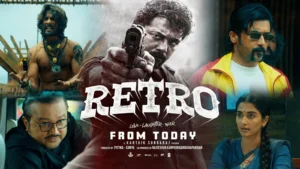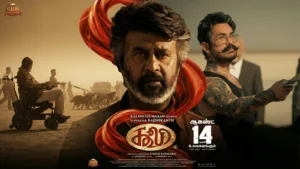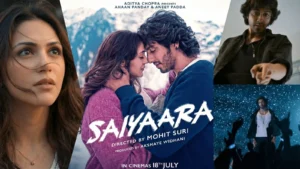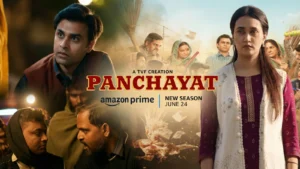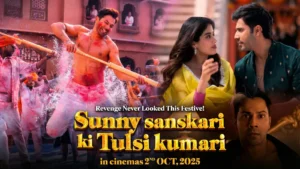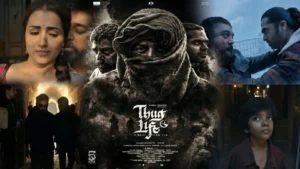Prabhas, Amitabh Bachchan, Deepika Padukone, Kamal Haasan and half of Indian cinema walked onto the big screen yesterday with Kalki 2898 AD – and what happened next was a rollercoaster of anger, awe, confusion, shock, goosebumps, and the occasional “bro, why though?” whispered into the dark of the theatre.
The film was supposed to begin for me at 5:00 AM. At dawn. At a time when even birds say, “Give me five more minutes.” But like every overly excited audience member, I dragged myself out of bed, washed my face, put on full energy mode, and marched into the theatre for the first show… only to discover the biggest blunder committed by mankind since Duryodhana’s dice game.
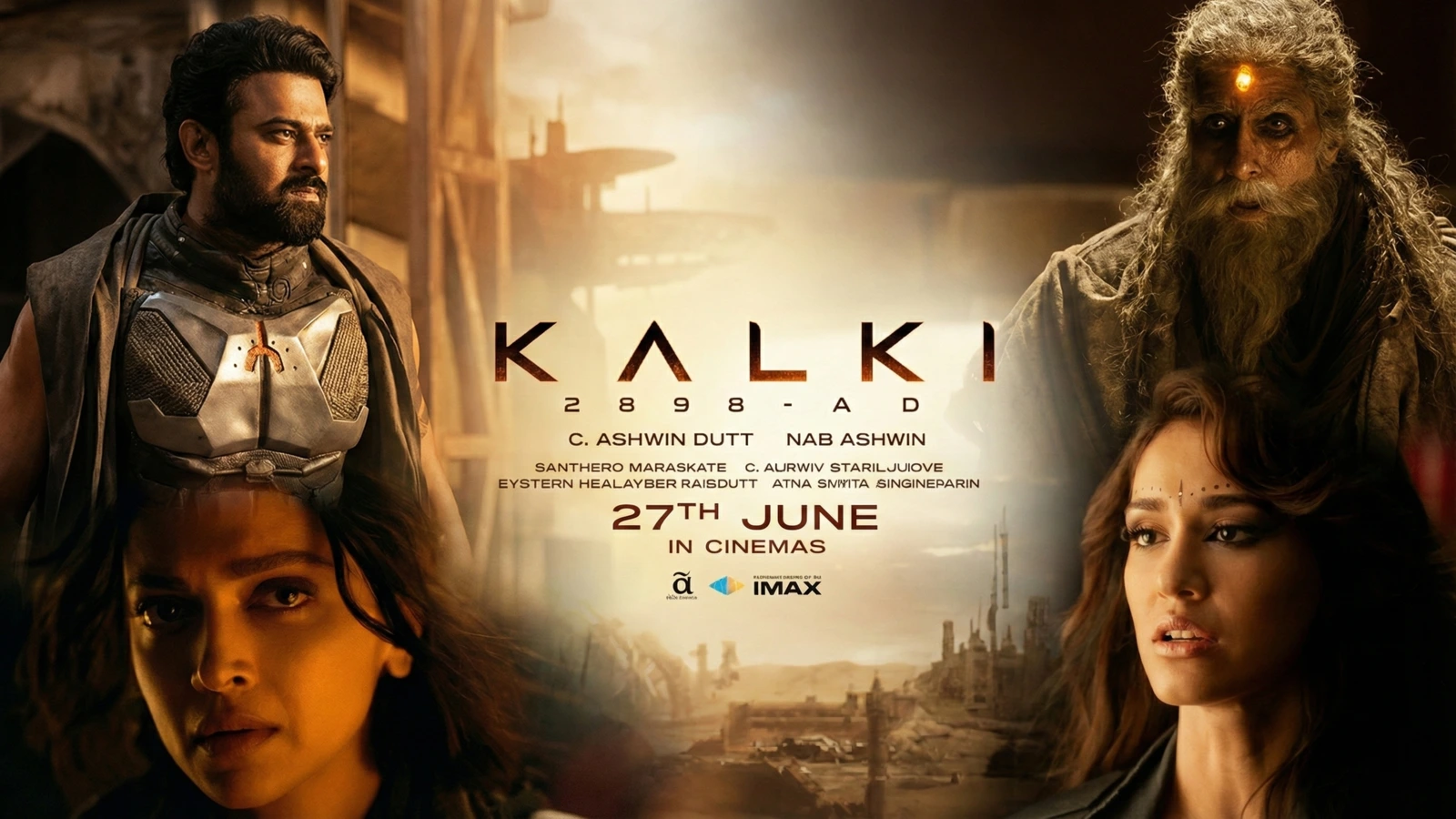
No subtitles.
None. Zero. Blank screen for ears.
This is a Telugu film, fine. Some scenes were also re-shot in Hindi, fine. But if you’re releasing the first shows of the morning only in Telugu in a non-Telugu-speaking state, then at least give us some subtitles, brother. At least one line – one word – one clue to the universe.
Instead, for ten minutes, I sat like a stone statue trying to “feel” the dialogues through telepathy. Finally, I walked out. Returned two hours later for the another show. And after all that – surprise! – even the Hindi version felt unfinished in certain stretches.
Once that headache was over, the movie finally began.
And what a beginning it was.
A Story That Travels 6000 Years: Mythology Meets Futuristic Madness
Without entering spoiler territory, the story stretches across nearly six millennia and follows Amitabh Bachchan’s Ashwatthama, whose journey becomes the anchor through which we witness flashes of the Mahabharata. These sequences are visually stunning, full of weight and divinity. We see how the world crumbled over centuries, and how by the year 2898, practically nothing familiar remains.
Human civilization is reduced to scraps. Resources are locked inside a gigantic structure called Complex, where the privileged live in luxurious comfort. Outside its walls, most people survive in conditions worse than stray animals. Begging for water, scraping for food, breathing dust for oxygen – this is the world our hero is born into. Want to enter? need 1 million units.
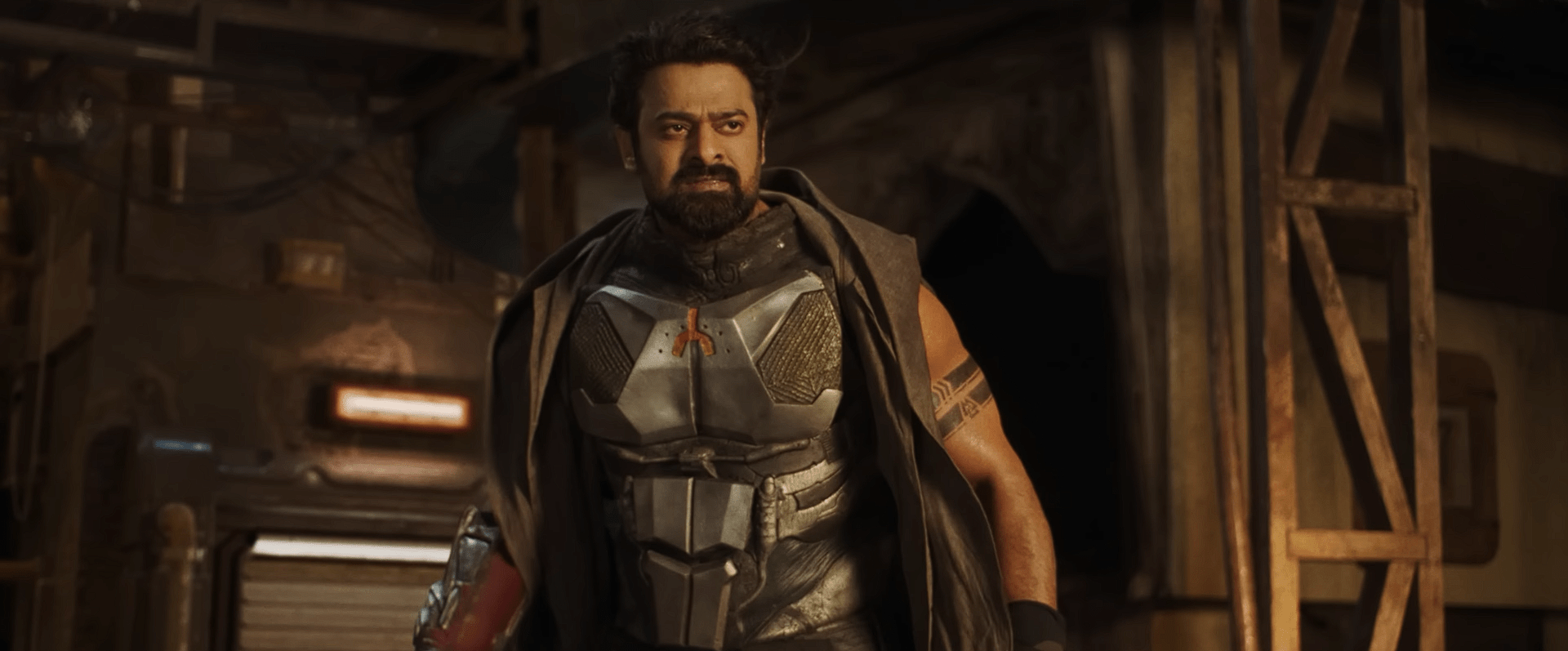
Enter Bhairava, played by Prabhas – and for a moment, even I almost said “Prabhu” before correcting myself. Bhairava is a carefree bounty hunter enjoying his glamorous, lawless bachelor life. He’s rich, arrogant, lazy, stylish, and full of “chilled out” energy. His life is about collecting units, drinking, showing off, and minding his own business until destiny drags him into a much larger storm.
The clever twist of Kalki 2898 AD is how it intertwines ancient epic mythology with futuristic science fiction. In India, we rarely attempt pure sci-fi. And when we do, half the time the budget becomes the villain. But here, Nag Ashwin and team dared to blend the Mahabharata, Kalki prophecy, cosmic battles, futuristic tech, dystopian politics, desert wastelands, and solar-powered madness into one gigantic cinematic dosa – crispy, overstuffed, occasionally leaking chutney on the sides, but delicious most of the time.
The movie never once says “Kali” or “Kalki,” but every frame breathes their symbolism.
As a sci-fi lover, my inner child was dancing. Sure, many elements instantly reminded me of Dune, Star Wars, Mad Max, Blade Runner, and a dozen other futuristic universes. You can spot inspirations easily – some intentional, some accidental. But even then, nothing ever feels out of place. The world-building makes sense. The logic follows through. The imaginary universe looks convincing enough for you to say, “Okay yes, this could actually be our future if humanity continues scrolling Instagram instead of evolving.”
- A Story That Travels 6000 Years: Mythology Meets Futuristic Madness
- Visual Effects: Ambitious, Massive, and Shockingly Consistent
- Where Kalki Slips: The First-Half Dips and Forced Comedy
- When the Film Turns Serious, It Completely Takes Over
- Performances: The Pillars That Hold This Universe Together
- Action: 60–70% Great, The Rest… A Little Shaky
- Cameos, Surprises, And Theatre Madness
- Is Kalki 2898 AD Worth Your Money and Time?
- The Final Word
- Related Movie Reviews
- Rate this movie
Visual Effects: Ambitious, Massive, and Shockingly Consistent
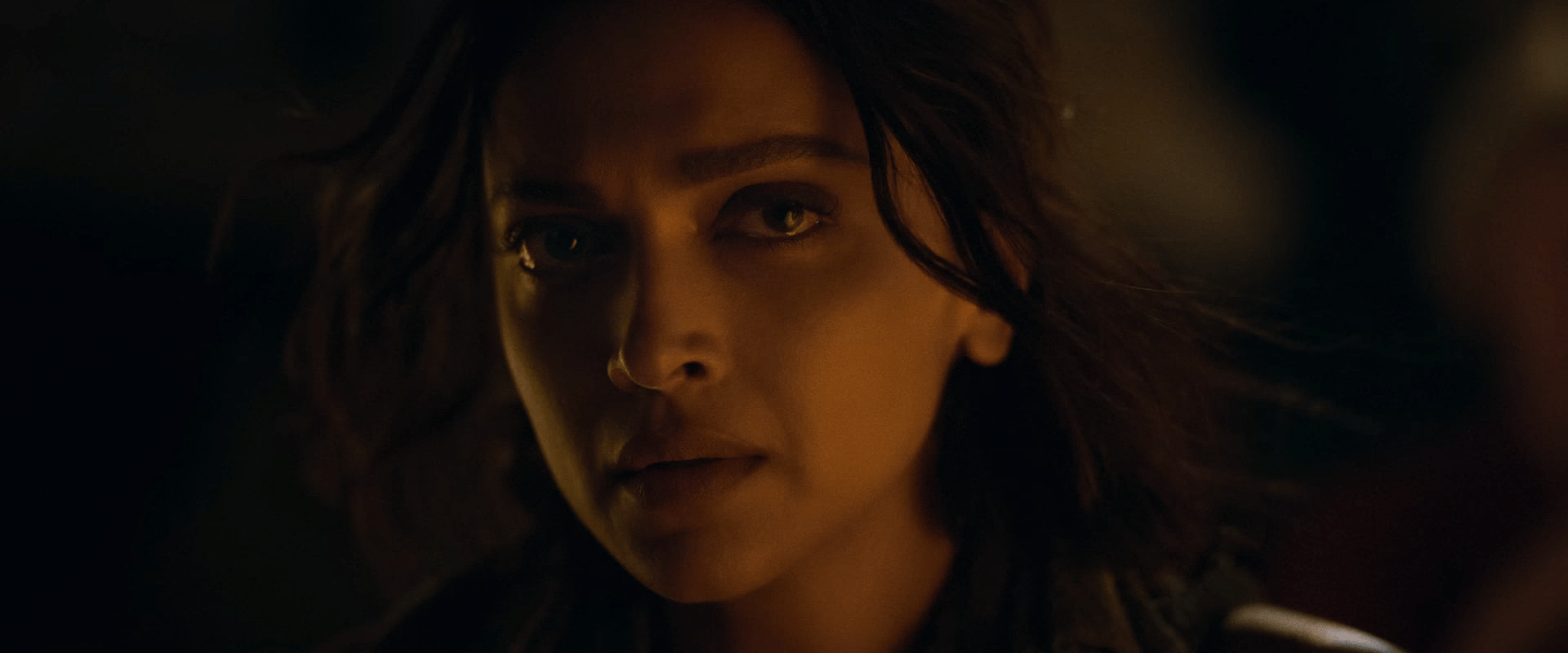
Let’s talk VFX. Indian cinema’s biggest recurring villain isn’t a bearded man with a sword – it’s poor CGI. We’ve all suffered through movies where digital effects break the illusion so badly that you feel like uninstalling your eyes.
Kalki does not fall into that trap.
Are there weak shots?
Yes. Do you see frames where the texture looks off or the lighting doesn’t match? Also yes.
But overall, the visual palace Nag Ashwin and his team built is massive, detailed, and consistent. They didn’t just add 50–100 good shots; they maintained quality across the entire movie.
That alone deserves a standing ovation.
When the VFX works, it REALLY works. The futuristic machinery, the aerial shots, the cityscapes, the sandstorm environments, the weapon designs – almost everything feels real enough to fool your brain for two and a half hours.
This is, without doubt, one of the strongest visual achievements in Indian cinema to date.
Where Kalki Slips: The First-Half Dips and Forced Comedy
But before we declare this film the best thing since sliced idli, let’s talk flaws – because they are very much present.
The first half suffers from stretched-out dialogue, long comedic banter, and scenes that don’t move the story forward. This is especially true whenever the film returns to Bhairava’s side plots. The writing tries too hard to be funny, and while 50–60% of the humor lands, the rest feels unnecessary – especially everything involving Disha Patani’s extended and frankly pointless moments.
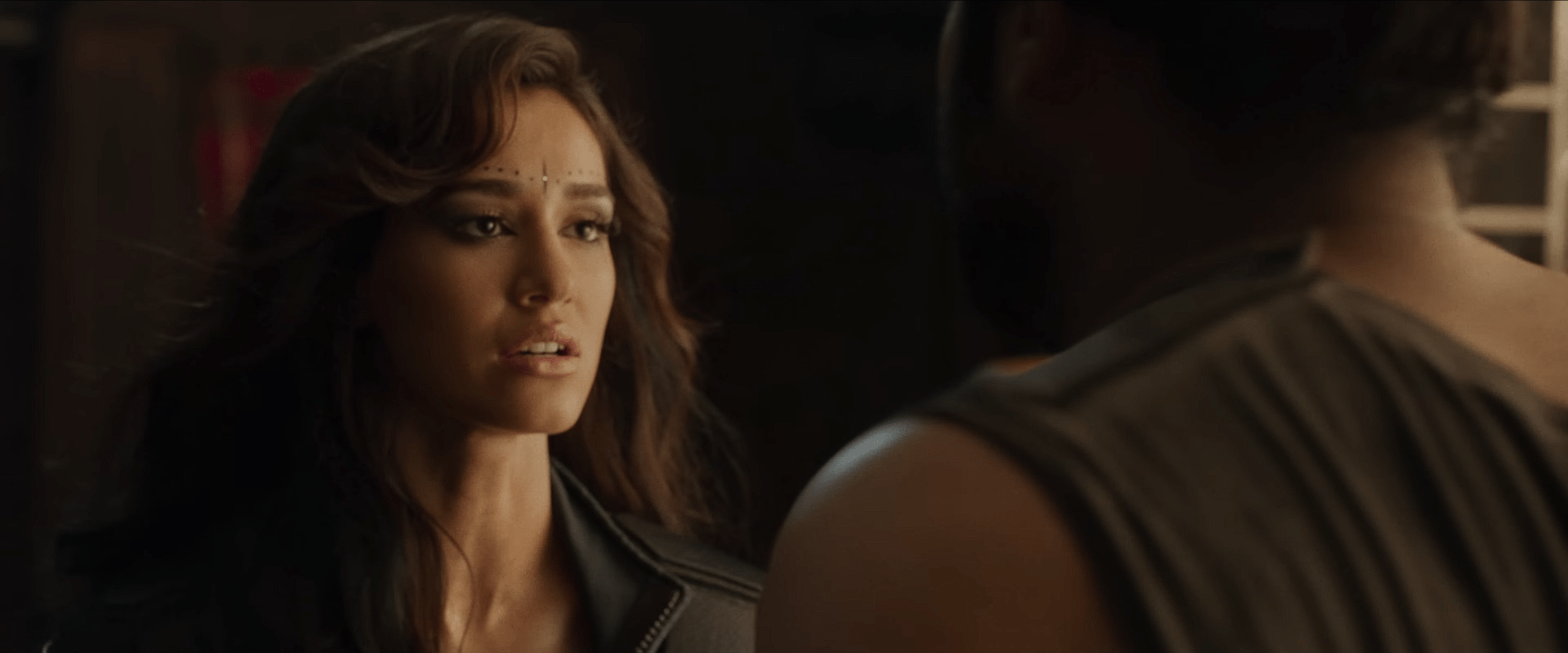
None of this is Prabhas’ fault.
He plays his carefree, mischievous, slightly self-obsessed role beautifully. But the dialogues are repetitive and the jokes overstay their welcome. If the makers had tightened this portion, the first half would have hit harder.
The rest of the development – Ashwatthama’s storyline, Deepika Padukone’s character arc, Kamal Haasan’s eerie presence – all land perfectly.
But those repeated detours into Bhairava’s comedy?
That’s where the picture wobbles.
When the Film Turns Serious, It Completely Takes Over
The entire film shifts gears the moment Ashwatthama steps into the main plot. Suddenly, the tone deepens. The urgency kicks in. The storytelling sharpens. It’s like the movie itself realizes, “Enough jokes, now let’s show why you bought the ticket.”
The confrontation between Bhairava and Ashwatthama is amazing – long, dramatic, visually gripping, and conceptually bold. The 10–15 minutes leading to the interval are electric. Goosebumps guaranteed.
The second half, apart from a short 10–15 minute dip in the middle, is non-stop epic cinema.
And the climax – even though I predicted the reveal (because Part One films follow a certain pattern) – still delivered goosebumps at the exact moment it was supposed to.
I won’t spoil it.
But trust me, your hair follicles will salute the screen.

Performances: The Pillars That Hold This Universe Together
Amitabh Bachchan as Ashwatthama: Majestic. Terrifying. Heartbreaking.
This is one of Big B’s most powerful modern roles. The character’s burden, anger, and destiny shine through every frame. Even the CGI-deaged sections are surprisingly impactful, though the talking moments sometimes reveal the digital stitching clearly.
Prabhas as Bhairava: He’s fun, charming, irritating in the right way, dramatic in the right way, and plays the irresponsible rebel who accidentally becomes important. The character writing could have been stronger, but Prabhas carries everything with ease.
Deepika Padukone: The emotional anchor of the movie. Subtle, serious, and believable. Her role is foundational, and she delivers with grace and depth.
Kamal Haasan: Terrifying in the few scenes he gets. His design, his voice, his demeanor – everything screams danger. He’ll have an even bigger role in the next part, and that’s when things will truly explode.
Saswata Chatterjee: A slightly misplaced performance. The unintentional comedic touches harm the tone in scenes that required severity.

Action: 60–70% Great, The Rest… A Little Shaky
Some action sequences explode with energy – especially the interval fight, the desert chase, and Bhairava’s big bounty-hunting segments. But other moments feel disjointed or visually cluttered. You can’t tell what’s happening or the choreography feels awkward.
Prabhas’ long introduction sequence also suffers from repetition. They show his “cool entry” four times – by the final one, even he must’ve been thinking, “Bro, how many angles do you want?”
Still, the set-pieces that work REALLY work.
Cameos, Surprises, And Theatre Madness
The number of cameos?
Many.
Like, count-with-your-fingers many.
One in particular shocked the entire audience. Half the theatre shouted when his face appeared. The guy next to me didn’t recognize him, so when I whispered, “Bro, that’s him!” he paused, processed it, and then stood up shouting louder than all of us.
This movie brings back someone we’ve been waiting to see for five years.
Yes. That person.
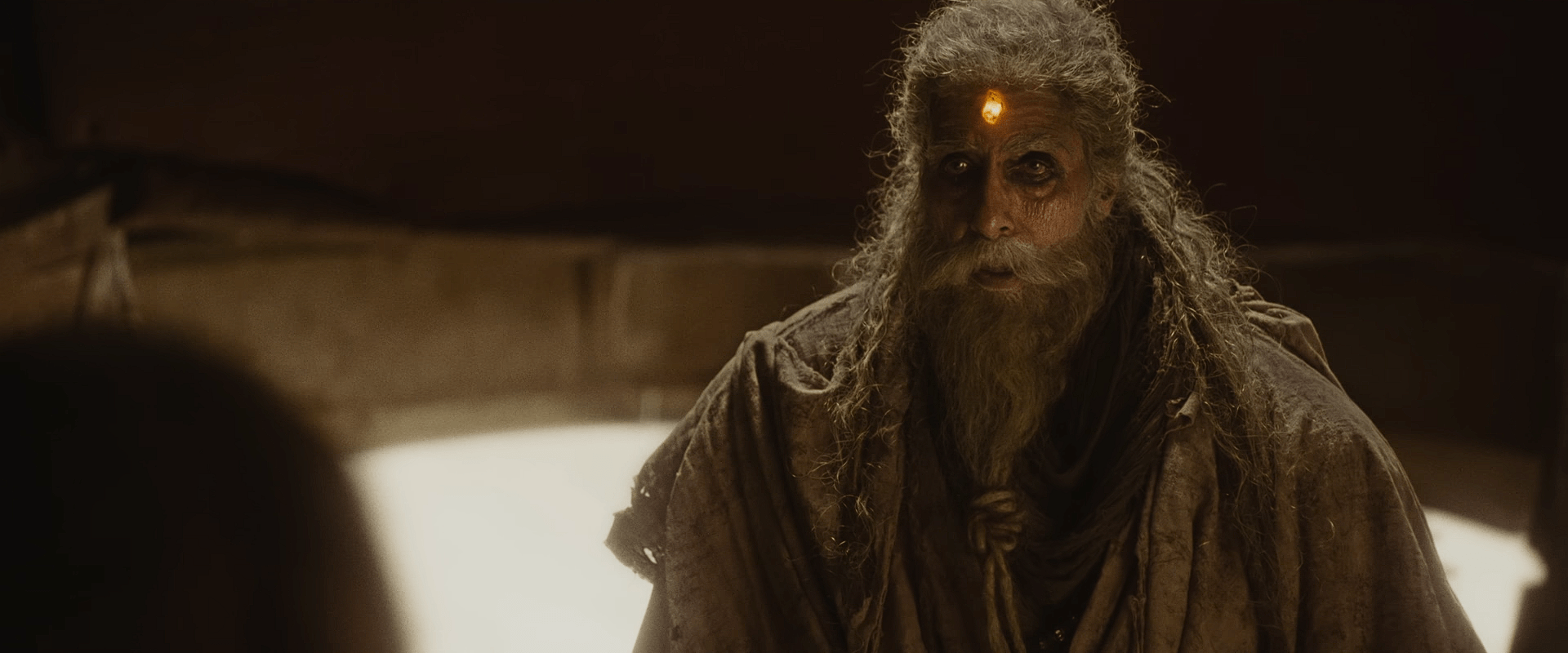
There’s also an important mid-credit scene after the title card. Then during the scrolling credits, I stayed back hoping for one final end-credit scene – but the theatre staff cut the projection early. So if something more is hidden in there, let me know.
Is Kalki 2898 AD Worth Your Money and Time?
Yes.
Absolutely.
Go.
The movie has clear flaws. Some scenes drag. Some VFX shots break immersion. Some dialogues test your patience. And the first half could’ve been much sharper.
But when Kalki hits its highs, it becomes an event. A spectacle. A piece of Indian film history attempting something so huge that you can’t help but admire the ambition.
This is not just entertainment – it’s a bold cinematic experiment where mythology meets futuristic imagination in a way Indian cinema has never tried before.
When the film goes grand – when the frames widen, when the music rises, when the mythological connections hit – you will say at least ten times:
“BRO, WHAT DID I JUST WATCH?!”
That alone is worth the ticket.
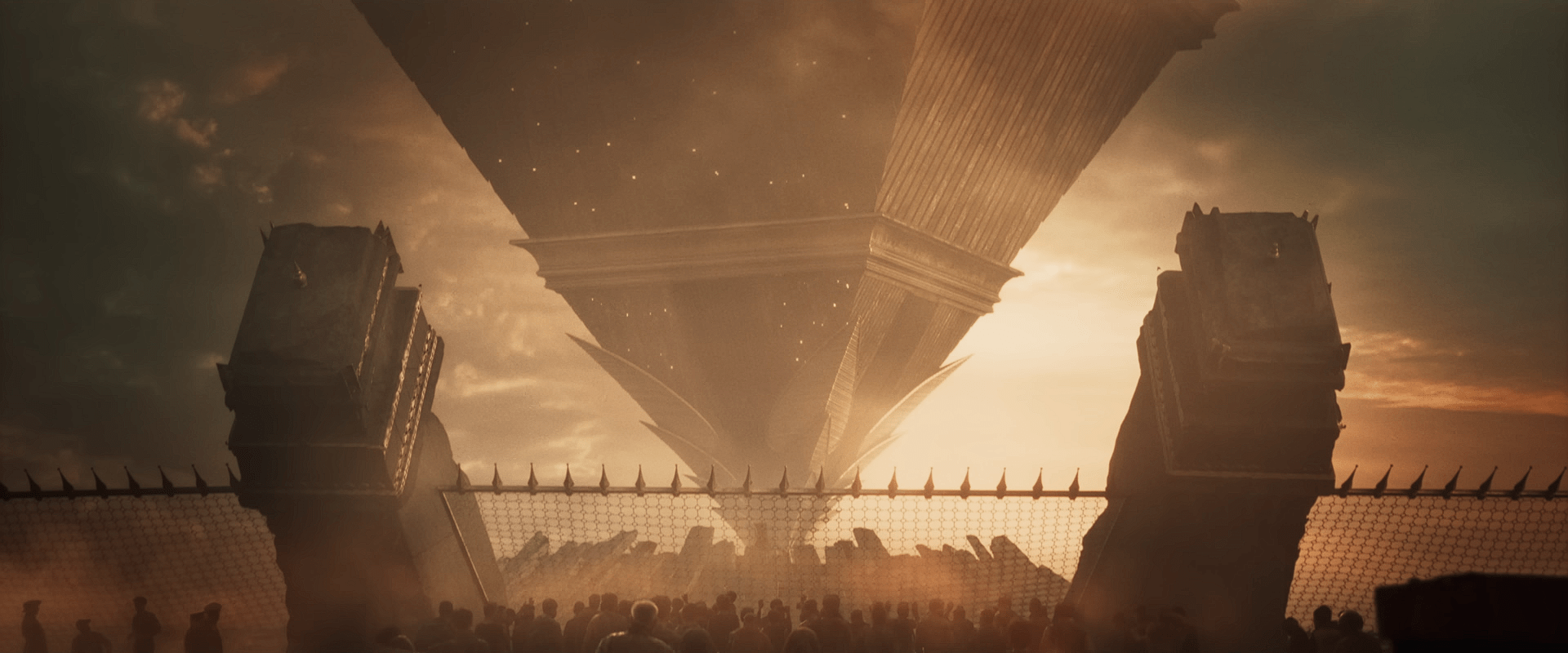
The Final Word
Kalki 2898 AD is like the Mahabharata flashback scene inside the movie – breathtaking, powerful, occasionally uneven, but ultimately unforgettable. Some CGI moments remind you that the film is stitched together with digital magic. But the overall result is so ambitious, so wild, so satisfying, that the flaws become tiny dents on a giant spaceship.
A must-watch in theatres.
A bold step forward for Indian sci-fi.
And a promising beginning for an even bigger Part Two.
Fully recommended.
